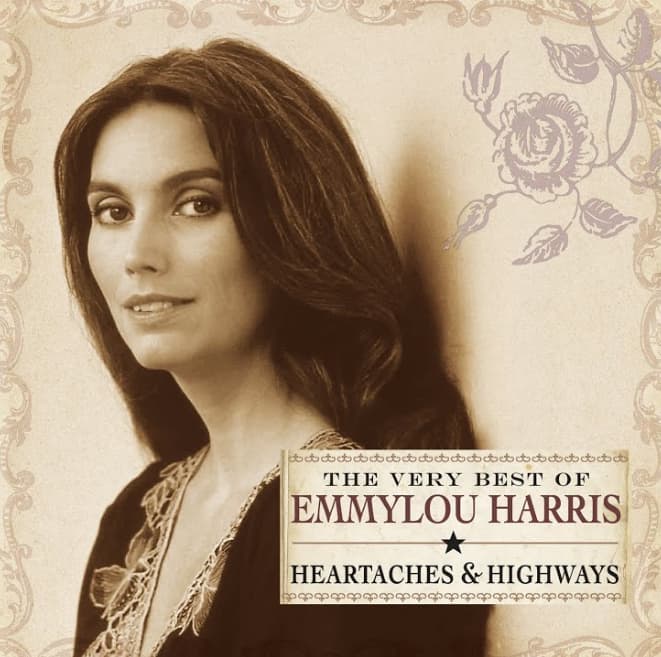
A timeless spiritual journey rendered with hushed dignity and luminous grace.
In 1980, Emmylou Harris folded the centuries-old spiritual “Wayfaring Stranger” into her bluegrass-rooted album Roses in the Snow, a record that rose to No. 2 on the Billboard Top Country Albums chart and affirmed her lifelong devotion to preserving the emotional marrow of American traditional music. Though not released as a commercial single, her interpretation quickly became one of the album’s defining moments—a quiet, unwavering statement of artistic identity from a singer whose voice had already become synonymous with purity, restraint, and reverence.
“Wayfaring Stranger” is a song without a single author or birthplace, a piece whose origins drift back through the mists of Appalachian hymnody and early American folk tradition. What has endured is its essential narrative: a lone traveler moving through a troubled world, eyes fixed on an otherworldly home beyond sorrow, toil, and separation. Emmylou Harris approaches this narrative not as a performer adding her name to a long lineage, but as a curator of spirit and intention. Her version is marked by an almost prayerful clarity, a tone that balances fragility and certainty in equal measure. She does not adorn the melody; she inhabits it.
The stark instrumentation on Roses in the Snow—a project steeped in acoustic purity and shaped by Harris’s abiding respect for bluegrass traditions—creates a setting where “Wayfaring Stranger” can breathe with elemental force. The arrangement places her voice at the center, supported by gentle, unhurried lines of fiddle, dobro, and mandolin. Nothing encroaches on the core emotion. Instead, the production acts like a lantern held aloft in darkness, illuminating the song’s eternal themes of loss, pilgrimage, and the long journey toward peace.
Lyrically, the spiritual speaks in images of shadowed valleys, distant mothers, and “bright lands” awaiting beyond earthly burdens. Harris brings these images into startling focus, not through dramatic emphasis but through an almost otherworldly stillness. She allows each line to hover, giving the listener space to absorb the song’s contemplative cadence. Her delivery suggests a traveler who has known weariness, yet continues onward with a steadfast, unbroken faith. It is this emotional paradox—tired bones paired with an unshaken gaze—that makes her interpretation feel definitive for modern audiences.
The cultural legacy of Harris’s recording lies in its refusal to modernize or dilute the song’s spiritual character. Instead, she restores its simplicity, holding it with scholarly respect and personal devotion. In doing so, she extends the lineage of “Wayfaring Stranger” into a new era, proving that even the oldest melodies can still speak with clarity when carried by a voice that understands both their fragility and their power.